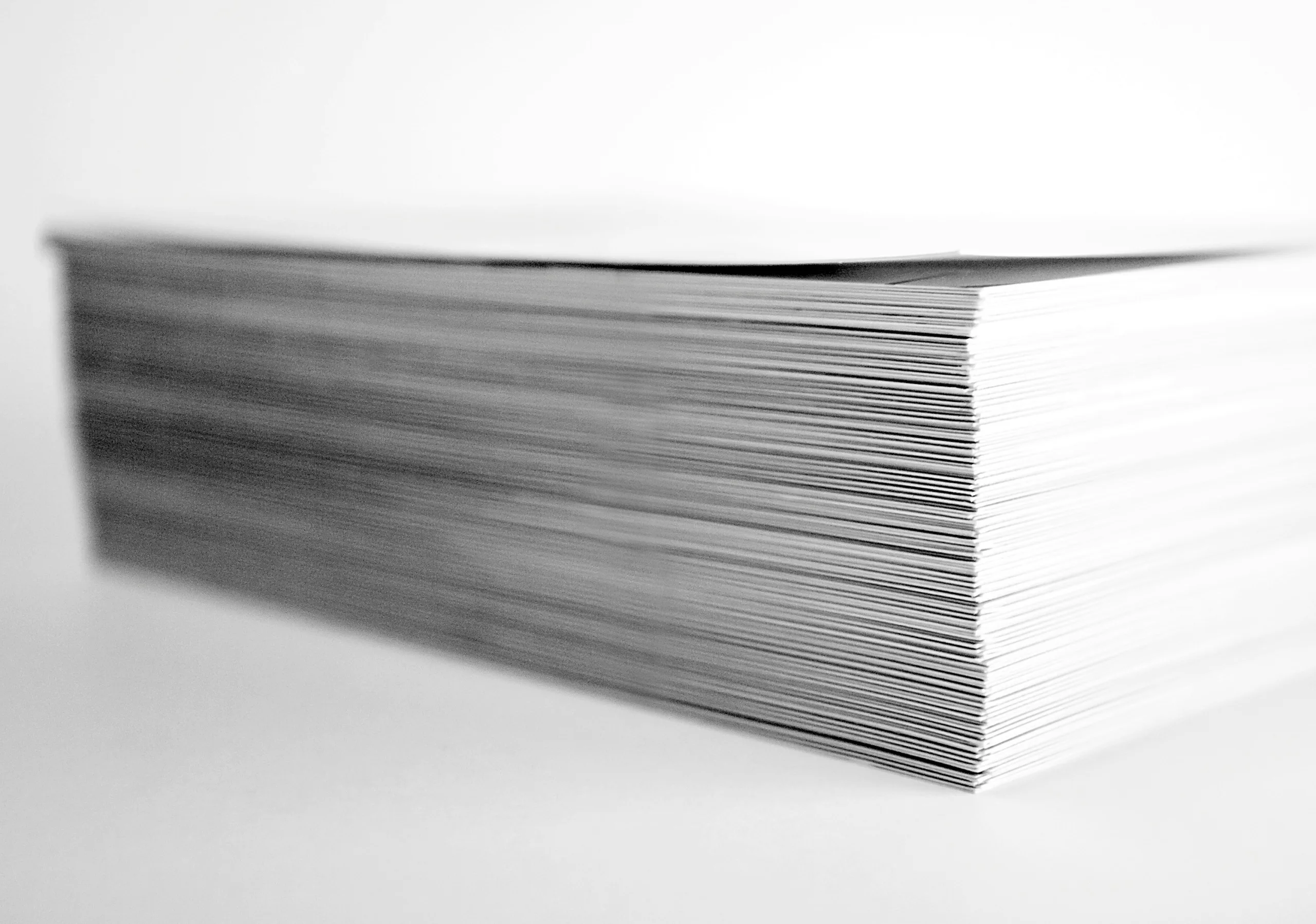What are the Australian Standard contracts?
The Australian Standard contracts are a set of construction contracts in standard form developed by a not-for-profit organisation called Standard Australia. The Australian Standard contracts are widely used in the Australian construction industry.
What is a government contract and what is the GC21?
Government contracts are standard contracts prepared and used by the government in construction projects when the government or a government agency is a party to the contract. The NSW Procurement Standard form GC21 edition 2 (GC21) is the standard contract commonly used by the NSW government and its agencies.
Different approaches to the design component in standard contracts
Standard Australia separates its construction contracts into two main categories: ‘construct-only’ and ‘design and construct’. GC21, on the other hand, accommodates different levels of design by the contractor from minimal design in workshop drawings (construction only) to full design and construct.[1]
Australian Standard contracts
The Australian Standard contracts provide two options for the principal and the contractors: a ‘construction-only’ contract or a ‘design and construct’ contract.
AS4000-1997 is a widely used ‘construction-only’ contract. A construction-only contract is a traditional form of procurement. The principal will provide the design to the contractor, and the contractor is to build the project in compliance with that design. Under an unmodified AS4000-1997, the principal is liable for the defects in the design provided to the contractor.[2] However, there is an implied duty for the contractor to warn the principal of design defects.
AS4902-2000 is a design and construct contract which covers the following types of project procurement methods: design and construct, design development and construct, and design, novate and construct.[3] The principal normally provides the principal’s project requirements, but is not required to provide a detailed preliminary design in the procurement method of design and construct. The contractor’s design obligations require the contractor to do all tasks necessary to design and specify the works required by the contract and develop the preliminary design if provided by the principal. Not properly performing the contractor’s design obligation is a substantial breach of the contractor’s obligations under AS4902-2000[4].
GC21
GC21 adopts a unique stance to avoid the need for separate ‘construct only’ and ‘design and construct’ contract forms and the design ambiguity typically associated with these two procurement methods. Under GC21, the contractor will always have some level of responsibility for completing the design.[5] The contract therefore only details the level of design the contractor must complete, ranging from pure design and construct through to the completion of ’shop’ or detail drawings.[6] The risk, roles and responsibilities allocation follows the traditional framework in that the parties will cooperate to complete the works (including completing any design components) to the extent described in the contract.
In GC21, the contractor is responsible for checking the principal’s documents and must check and notify the principal of any ambiguities, inconsistencies or discrepancies.[7] The contractor must also carry out all necessary designs to complete the design.[8]
Key takeaway
The Australian Standard contracts AS4000-1997 and AS4902-2000, and the government contract GC21 provided different scopes of the design obligations and liabilities between the principal and the contractor. Any contractor using a GC21 contract must recognise that the standard form is a design and construct contract.
If you would like to discuss this article with us further, please contact Brett Vincent, managing partner, or Charlene Cai, Associate on (02) 9261 5900.
[1] NSW Government, buy NSW, GC21 Edition 2 https://www.info.buy.nsw.gov.au/resources/gc21.
[2] AS4000-1997, Clause 14.3 (f) Excepted Risks.
[3] AS4902-2000, Preface.
[4] AS4902-2000, Clause 39.2 (a) (i).
[5] GC21 Design Section Notes.
[6] Ibid.
[7] GC21, Clause 42.
[8] GC21, Clause 43.

